Home>Maintenance & Safety>Pest Control Solutions>Where Do Yellow Jackets Make Their Nest
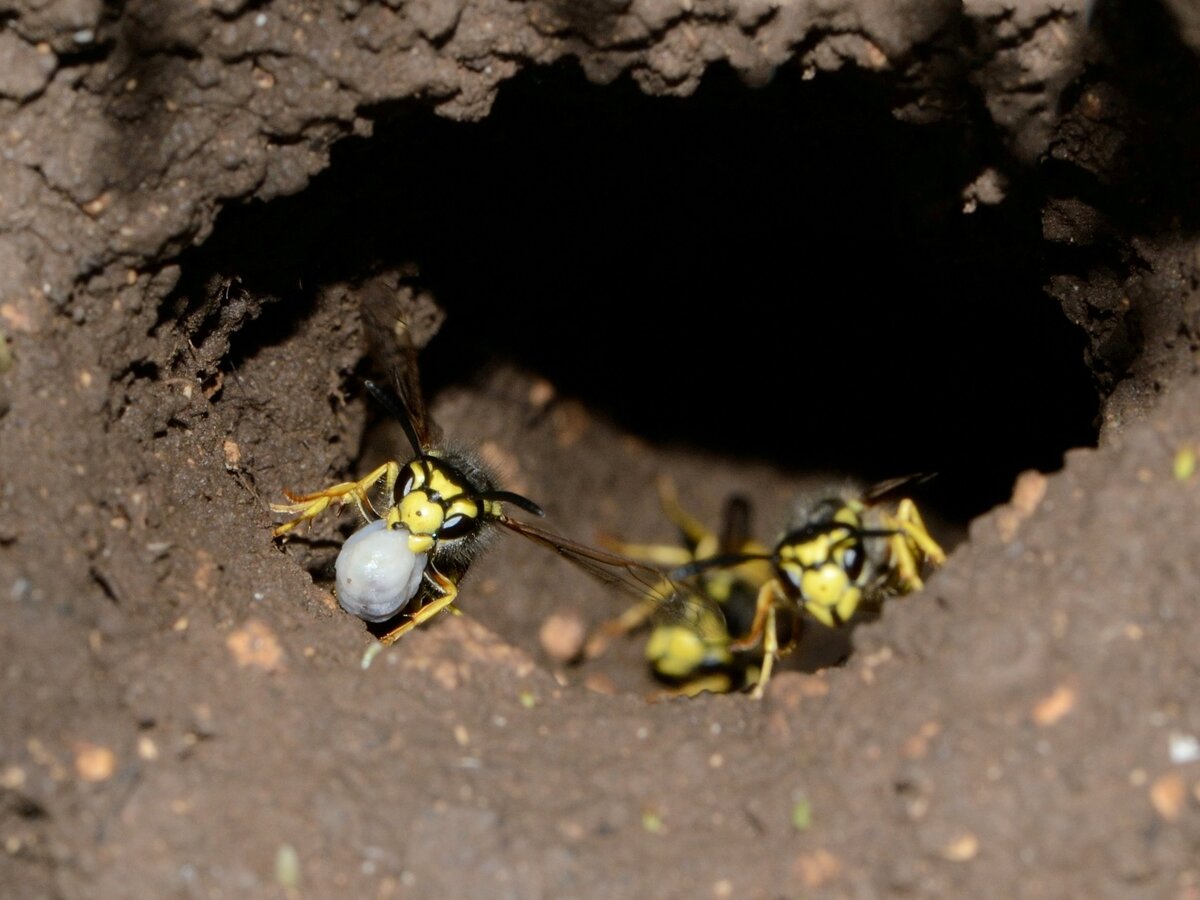

Pest Control Solutions
Where Do Yellow Jackets Make Their Nest
Modified: February 18, 2024
Looking for pest control solutions for yellow jackets? Learn where these pests make their nests and how to effectively manage them. Contact us for expert advice and assistance.
(Many of the links in this article redirect to a specific reviewed product. Your purchase of these products through affiliate links helps to generate commission for Storables.com, at no extra cost. Learn more)
Introduction
Yellow jackets are a common and often unwelcome sight during the warmer months. These aggressive stinging insects can quickly turn a peaceful outdoor gathering into a chaotic scene. Understanding where yellow jackets make their nests is crucial for both prevention and safe removal. By gaining insight into their nesting habits, you can better protect yourself and your property from potential encounters with these formidable insects.
Yellow jackets, scientifically known as Vespula spp. and Dolichovespula spp., are social insects that live in colonies. They are known for their distinctive yellow and black markings and are often mistaken for bees. However, unlike bees, yellow jackets are aggressive and can sting repeatedly, making them a formidable threat, especially to those allergic to their venom.
The locations where yellow jackets choose to build their nests can vary widely, and understanding these preferences is essential for effective pest control. Whether they opt for underground burrows, aerial nests, or even inside wall voids, yellow jackets are resourceful in finding suitable nesting sites. By familiarizing yourself with their preferred locations, you can take proactive measures to minimize the risk of encountering these stinging insects.
In this comprehensive guide, we will delve into the various locations where yellow jackets make their nests, the factors that influence their nesting choices, how to identify these nests, and the best practices for safe and effective nest removal. By the end of this article, you will be equipped with the knowledge to navigate yellow jacket infestations with confidence and take the necessary steps to protect your home and family from these formidable insects.
Key Takeaways:
- Yellow jackets can build nests underground, in the air, or even inside walls. Understanding their nesting habits helps protect against encounters and enables effective pest control.
- Identifying yellow jacket nests through visual, behavioral, and acoustic cues empowers individuals to take informed action in addressing potential infestations.
Read more: Where Do Yellow Jackets Live
Yellow Jacket Nest Locations
Yellow jackets are resourceful insects when it comes to choosing nesting locations. They exhibit a remarkable ability to adapt to various environments, leading to a wide range of potential nesting sites. Understanding these locations is crucial for effective pest management and prevention.
-
Underground Nests: Yellow jackets are known for their affinity for underground nesting sites. They often utilize abandoned rodent burrows, hollow tree stumps, or even man-made structures such as crawl spaces and abandoned pipes. These subterranean nests provide the insects with protection from the elements and potential predators, making them an attractive option for yellow jackets.
-
Aerial Nests: While underground locations are common, yellow jackets also construct aerial nests, particularly in the early spring. These papery, umbrella-shaped nests are typically found hanging from tree branches, shrubs, or even the eaves of buildings. Aerial nests can vary in size, with some reaching the dimensions of a basketball. The exposed nature of these nests makes them more visible and, in turn, increases the likelihood of human encounters.
-
Wall Cavities and Eaves: In urban and suburban settings, yellow jackets often exploit wall voids and eaves to establish their nests. These concealed locations provide the insects with protection and insulation, allowing them to thrive in close proximity to human dwellings. Identifying nests within wall voids can be challenging, as the insects access these spaces through small openings and may remain undetected until their presence becomes evident through increased activity.
-
Other Unconventional Sites: Yellow jackets are known to exhibit remarkable adaptability, leading them to utilize unconventional nesting sites. These may include abandoned vehicles, attic spaces, and even within the insulation of buildings. Their ability to exploit diverse environments underscores the importance of thorough inspection and vigilance in identifying potential nesting locations.
By familiarizing yourself with these diverse nesting locations, you can better anticipate and address potential yellow jacket infestations. Whether you're enjoying the outdoors or managing pest control on your property, understanding where yellow jackets make their nests is a crucial step in mitigating the risks associated with these formidable insects.
Factors Affecting Nest Location
The choice of nesting location for yellow jackets is influenced by a myriad of factors, reflecting their adaptability and resourcefulness as social insects. Understanding these factors is essential for gaining insight into the nesting habits of yellow jackets and implementing effective pest management strategies.
Environmental Conditions
Yellow jackets are highly attuned to environmental cues when selecting nesting sites. Factors such as temperature, humidity, and shelter from wind and rain play a pivotal role in their decision-making process. Underground sites offer insulation and protection from the elements, while aerial nests may provide better ventilation and exposure to sunlight. These environmental considerations shape the suitability of potential nesting locations for yellow jackets.
Availability of Resources
The proximity to food sources and water greatly influences the nesting choices of yellow jackets. These resourceful insects seek out locations near abundant food supplies, such as flowering plants, fruit trees, and outdoor dining areas. Additionally, access to water sources, such as ponds, streams, or leaking outdoor faucets, can significantly impact the attractiveness of a potential nesting site. The availability of resources directly impacts the survival and reproductive success of yellow jacket colonies, making it a crucial factor in nest location selection.
Read more: How Many Yellow Jackets In A Nest
Predation and Protection
The need for protection from predators and disturbances is a key consideration for yellow jackets when choosing nesting sites. Underground locations offer natural concealment from potential threats, including predators and adverse weather conditions. Aerial nests, while more exposed, may benefit from the deterrent effect of height and limited access, reducing the risk of predation. The balance between visibility and protection influences the nesting decisions of yellow jackets, reflecting their adaptive response to potential threats.
Nesting History
The presence of previous nests and pheromone trails can influence the selection of nesting sites by yellow jackets. Established colonies may exhibit a degree of site fidelity, returning to previous locations or utilizing nearby sites with similar characteristics. This nesting history contributes to the clustering of yellow jacket colonies in specific areas over time, highlighting the cumulative impact of previous nesting experiences on their site selection behavior.
Human Activity
The proximity to human habitation and activity can significantly influence the nesting choices of yellow jackets. Urban and suburban environments offer a diverse array of potential nesting sites, including wall voids, eaves, and outdoor structures. The availability of sheltered locations and access to food sources in human-inhabited areas can make these environments particularly attractive to yellow jackets, leading to potential conflicts with human populations.
By considering these factors affecting nest location, it becomes evident that the nesting habits of yellow jackets are shaped by a complex interplay of environmental, ecological, and behavioral influences. This multifaceted decision-making process underscores the adaptability and resilience of yellow jackets as they navigate their surroundings in search of suitable nesting sites.
How to Identify Yellow Jacket Nests
Identifying yellow jacket nests is crucial for effective pest management and ensuring the safety of individuals and pets. These nests can vary in appearance and location, making their recognition a valuable skill for homeowners, outdoor enthusiasts, and pest control professionals.
Visual Cues
Yellow jacket nests exhibit distinct visual characteristics that can aid in their identification. Aerial nests, constructed from paper-like material, often resemble inverted umbrellas and may be attached to tree branches, shrubs, or building eaves. The nests typically feature a small entrance hole through which the yellow jackets enter and exit, adding to their distinctive appearance.
In contrast, underground nests are concealed from view, requiring a different approach for identification. Look for signs of yellow jacket activity, such as a steady stream of insects entering and exiting a particular area, particularly near the ground. Additionally, observing yellow jackets carrying food or nesting material to a specific location can indicate the presence of an underground nest nearby.
Behavioral Indicators
Monitoring the behavior of yellow jackets can provide valuable clues to the location of their nests. Yellow jackets are highly territorial and may exhibit aggressive behavior when their nests are approached or disturbed. If you observe a high concentration of yellow jackets in a specific area, especially during the warmer months, it may indicate the proximity of a nest.
Furthermore, paying attention to foraging patterns can offer insights into nest locations. Yellow jackets frequently travel between their nests and food sources, such as flowering plants, outdoor dining areas, and garbage bins. By observing their flight paths and monitoring their activity around potential food sources, you can gain valuable information about the proximity of their nests.
Acoustic Cues
In some cases, the audible cues emitted by yellow jackets can aid in nest identification. When approaching a nest, you may hear a distinct buzzing or humming sound, particularly near aerial nests. This auditory indicator, combined with visual and behavioral cues, can contribute to the accurate identification of yellow jacket nests.
Professional Inspection
In situations where identification is challenging or poses potential risks, seeking the assistance of pest control professionals is advisable. Trained professionals have the expertise and equipment to safely locate and identify yellow jacket nests, ensuring that appropriate measures can be taken for their safe removal.
By familiarizing yourself with the visual, behavioral, and acoustic cues associated with yellow jacket nests, you can enhance your ability to identify and address potential infestations. This knowledge empowers individuals to take proactive steps in managing yellow jacket populations and minimizing the risks associated with their presence.
Removing Yellow Jacket Nests
Removing yellow jacket nests requires careful planning and execution to ensure the safety of individuals and pets while effectively addressing the infestation. Whether dealing with underground burrows, aerial nests, or concealed locations within structures, the following strategies can guide the process of nest removal.
Assessment and Preparation
Before initiating nest removal, it is essential to assess the size and location of the infestation. This evaluation helps determine the appropriate protective gear and equipment needed for the task. Personal protective equipment, including bee suits, gloves, and face protection, is crucial to minimize the risk of stings during the removal process. Additionally, having access to insecticidal dust, aerosol sprays, and protective barriers can aid in the safe and effective removal of yellow jacket nests.
Time of Action
The timing of nest removal is a critical consideration. It is advisable to undertake removal activities during the early morning or late evening when yellow jackets are less active and more likely to be inside the nest. This approach minimizes the risk of encountering aggressive yellow jackets and maximizes the effectiveness of removal efforts.
Approach for Underground Nests
When dealing with underground nests, applying an insecticidal dust directly into the nest entrance is an effective method for eliminating the colony. The dust is carried into the nest by returning foragers, gradually eradicating the yellow jackets within. It is important to exercise caution and avoid directly disturbing the nest to prevent provoking defensive behavior from the colony.
Read more: Where To Watch Yellow Jackets Free
Approach for Aerial Nests
Aerial nests present a unique challenge due to their exposed nature. Using an insecticidal aerosol spray designed for flying insects can be an effective approach for aerial nest removal. Carefully applying the spray directly into the nest entrance during periods of reduced activity can lead to the elimination of the colony. It is crucial to maintain a safe distance and approach the task methodically to minimize the risk of stings.
Professional Assistance
In situations where the infestation is extensive or poses significant risks, seeking professional pest control services is highly recommended. Trained professionals have the expertise and specialized equipment to safely and efficiently remove yellow jacket nests, ensuring the protection of both property and individuals.
By following these strategies and approaches, individuals can effectively address yellow jacket infestations and mitigate the associated risks. Prioritizing safety and thorough planning are essential elements of successful nest removal, allowing for a harmonious coexistence with these formidable insects.
Conclusion
In conclusion, understanding the nesting habits of yellow jackets is paramount for effective pest management and ensuring the safety of individuals and their surroundings. The diverse nesting locations, ranging from underground burrows to aerial nests and concealed spaces within structures, underscore the resourcefulness and adaptability of these formidable insects. By familiarizing oneself with the factors influencing nest location, such as environmental conditions, resource availability, predation risks, nesting history, and human activity, individuals can gain valuable insights into the behavior of yellow jackets and implement proactive measures to minimize potential conflicts.
Identifying yellow jacket nests through visual, behavioral, and acoustic cues empowers individuals to take informed action in addressing potential infestations. By recognizing the distinct characteristics of aerial and underground nests and monitoring the behavior of yellow jackets, individuals can enhance their ability to identify and address nest locations effectively. Additionally, seeking professional assistance when faced with challenging or high-risk situations ensures the safe and efficient removal of yellow jacket nests, safeguarding both property and individuals from potential harm.
The process of removing yellow jacket nests requires careful planning, protective measures, and strategic approaches tailored to the specific nesting locations. By assessing the infestation, preparing the necessary equipment and protective gear, and choosing the optimal time for action, individuals can minimize risks and maximize the effectiveness of nest removal efforts. Whether dealing with underground nests or aerial colonies, the application of insecticidal dust and aerosol sprays, coupled with a methodical approach, can lead to the successful eradication of yellow jacket colonies.
In essence, the coexistence with yellow jackets necessitates a comprehensive understanding of their nesting habits, proactive identification of nests, and strategic approaches to safe and effective removal. By integrating these insights into pest management practices, individuals can navigate yellow jacket infestations with confidence and contribute to the harmonious balance between human habitats and the natural world. Through vigilance, knowledge, and responsible action, the presence of yellow jackets can be managed in a manner that prioritizes safety and environmental harmony.
Frequently Asked Questions about Where Do Yellow Jackets Make Their Nest
Was this page helpful?
At Storables.com, we guarantee accurate and reliable information. Our content, validated by Expert Board Contributors, is crafted following stringent Editorial Policies. We're committed to providing you with well-researched, expert-backed insights for all your informational needs.
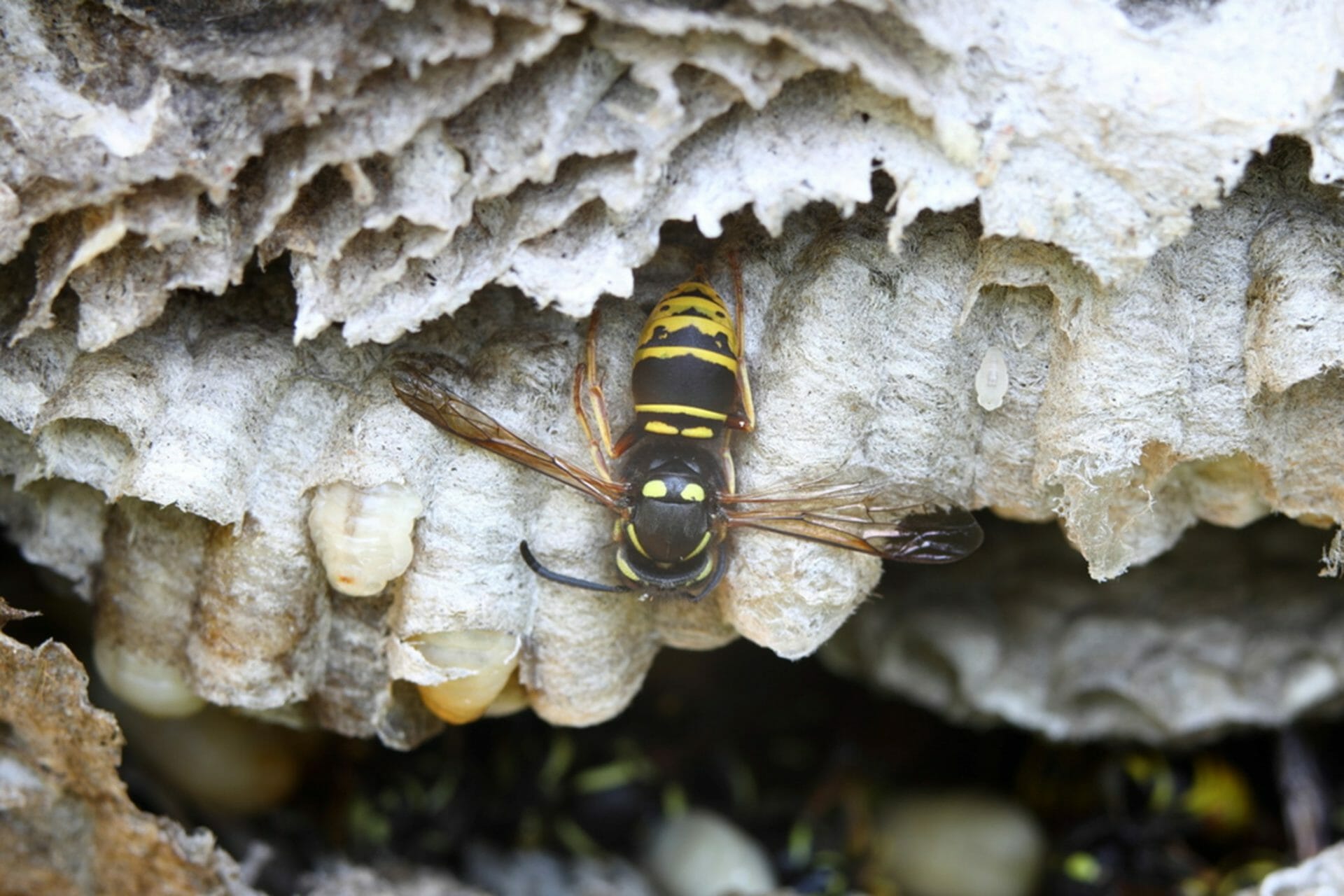
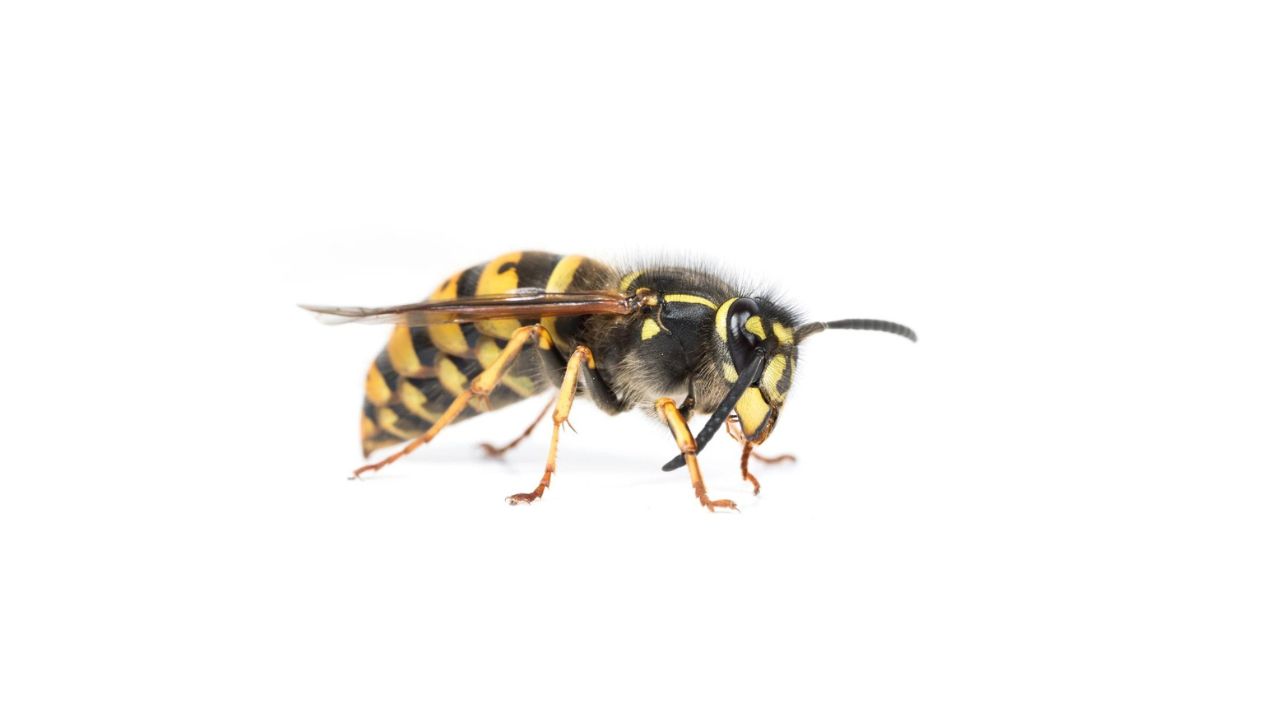
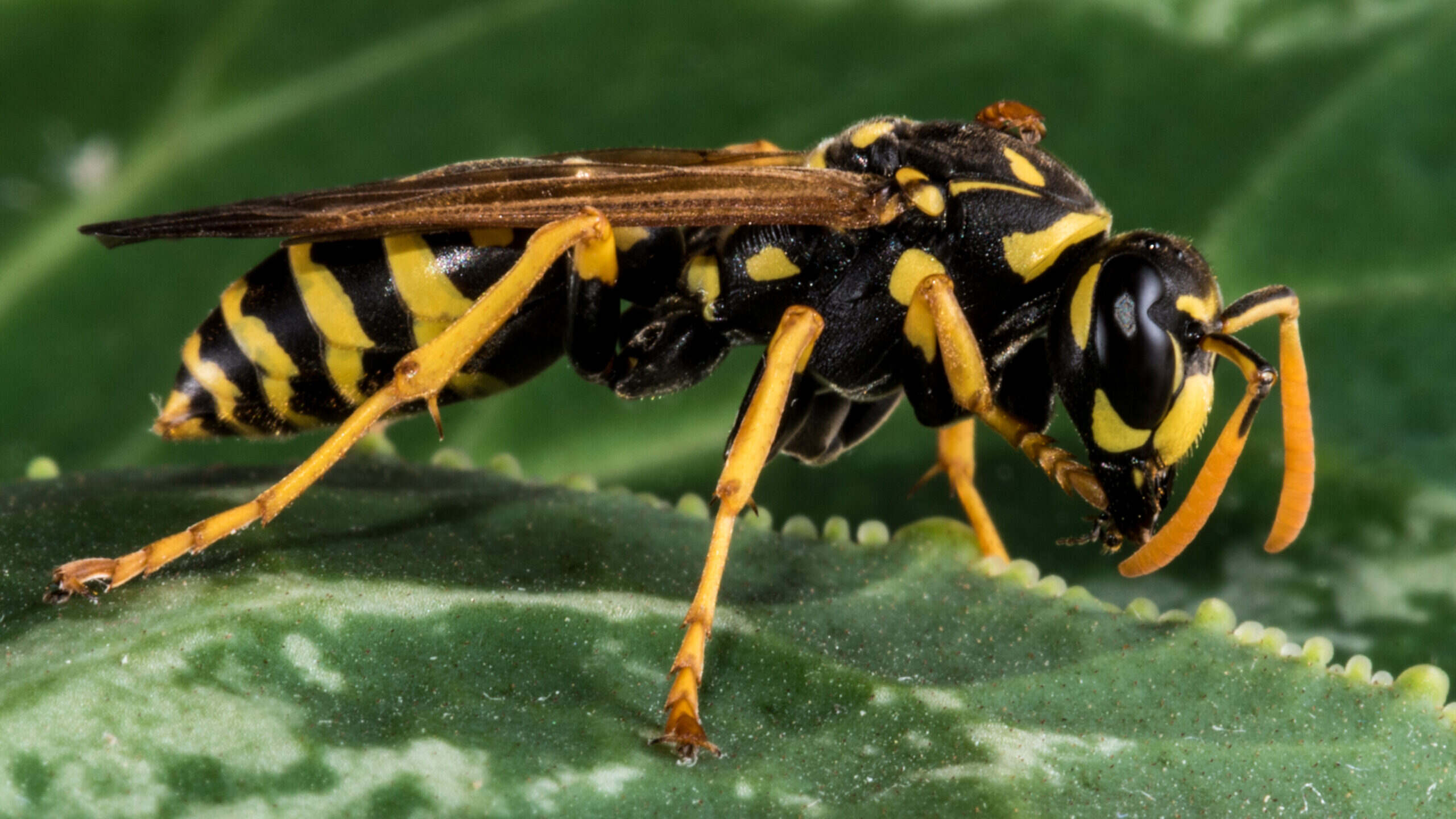
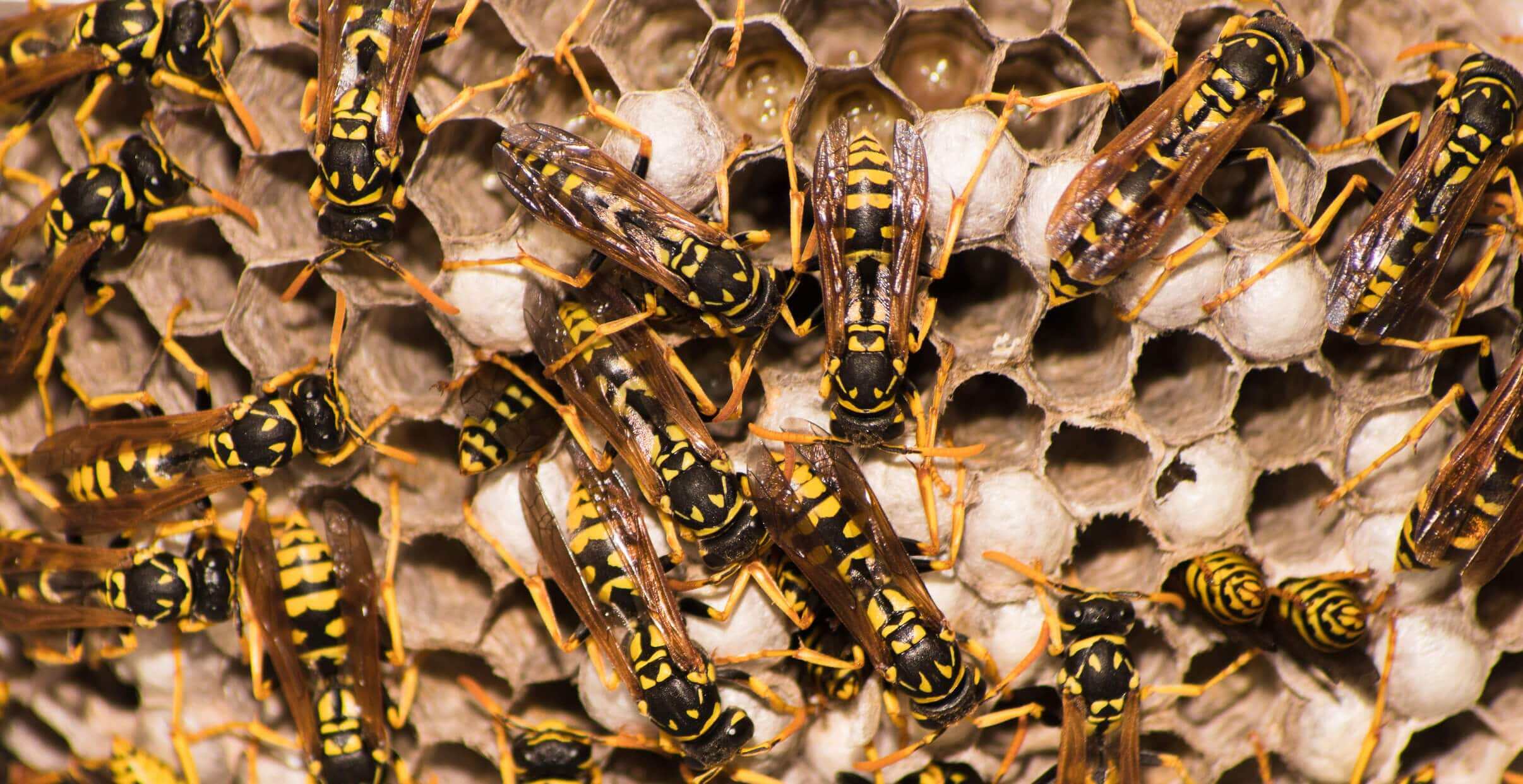
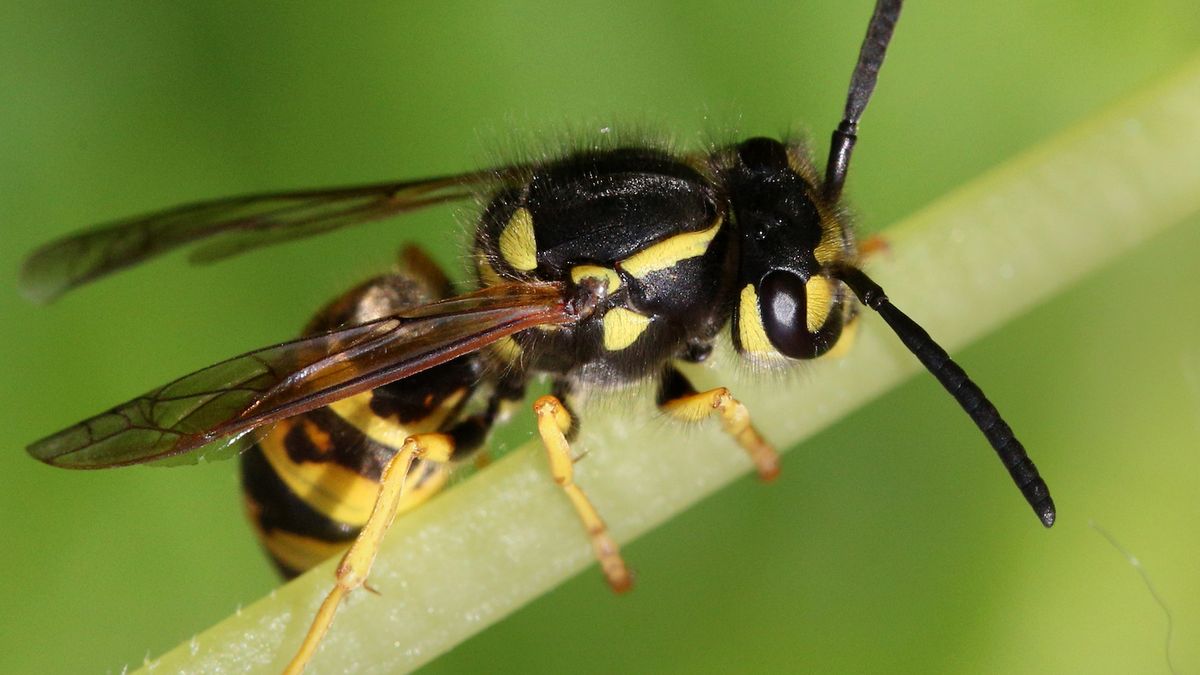
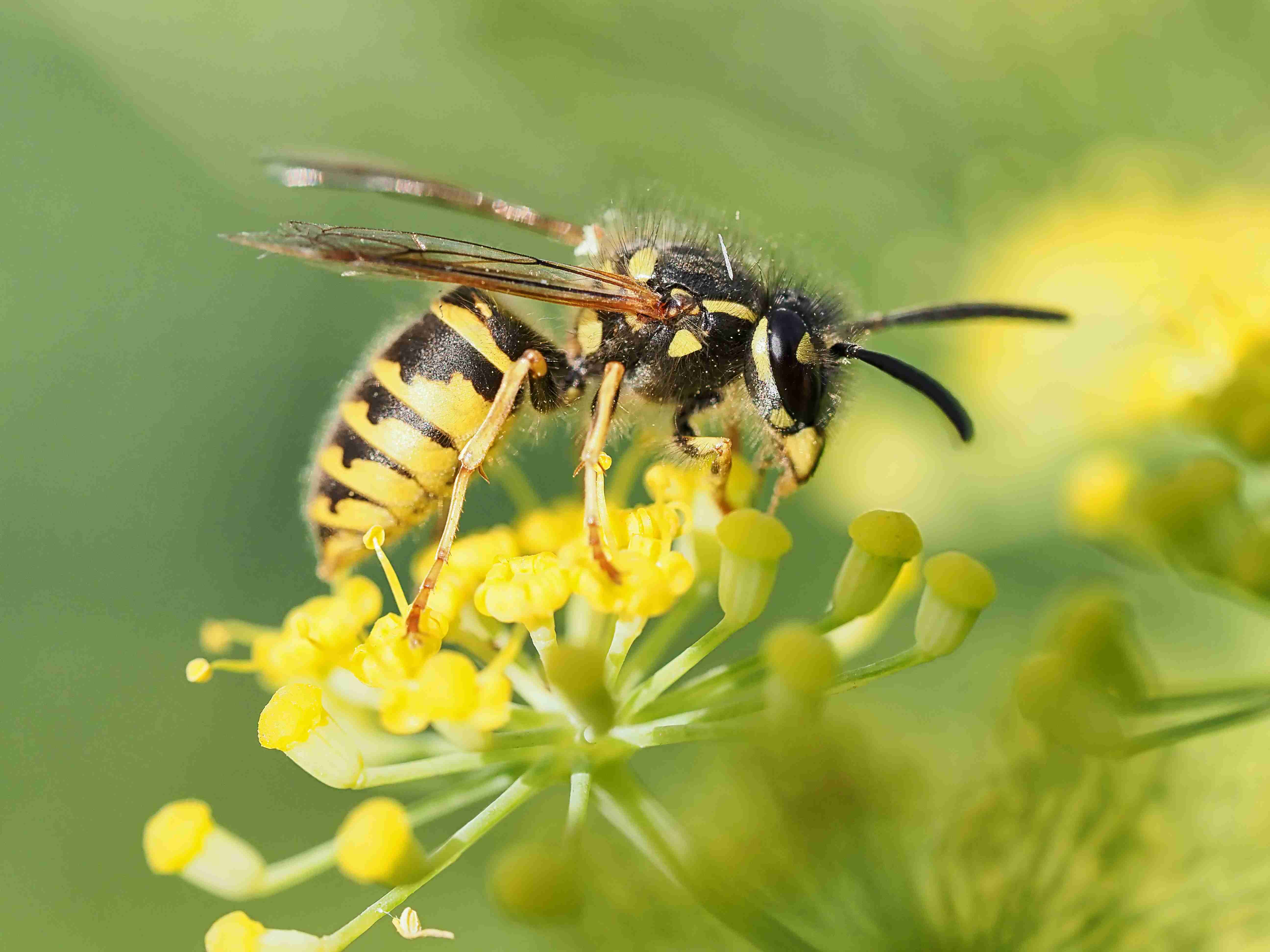
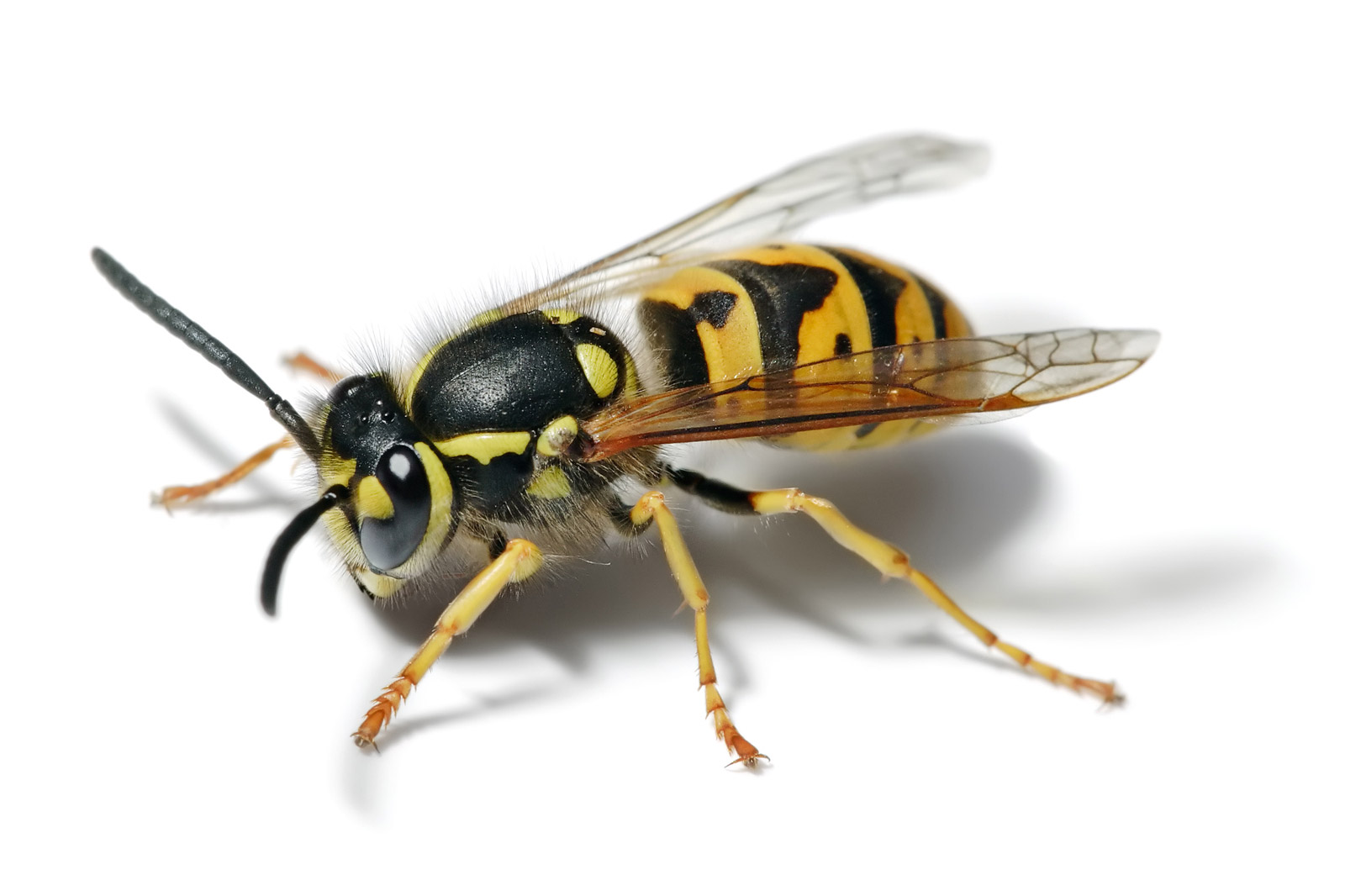
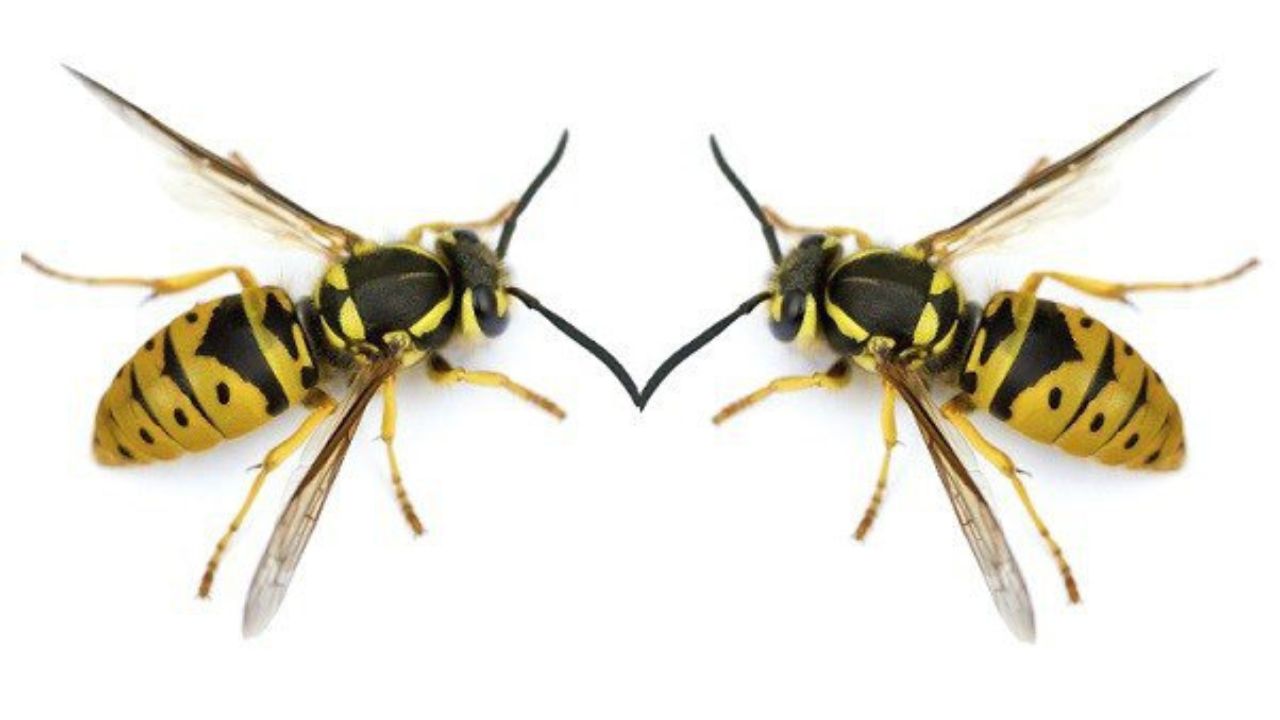
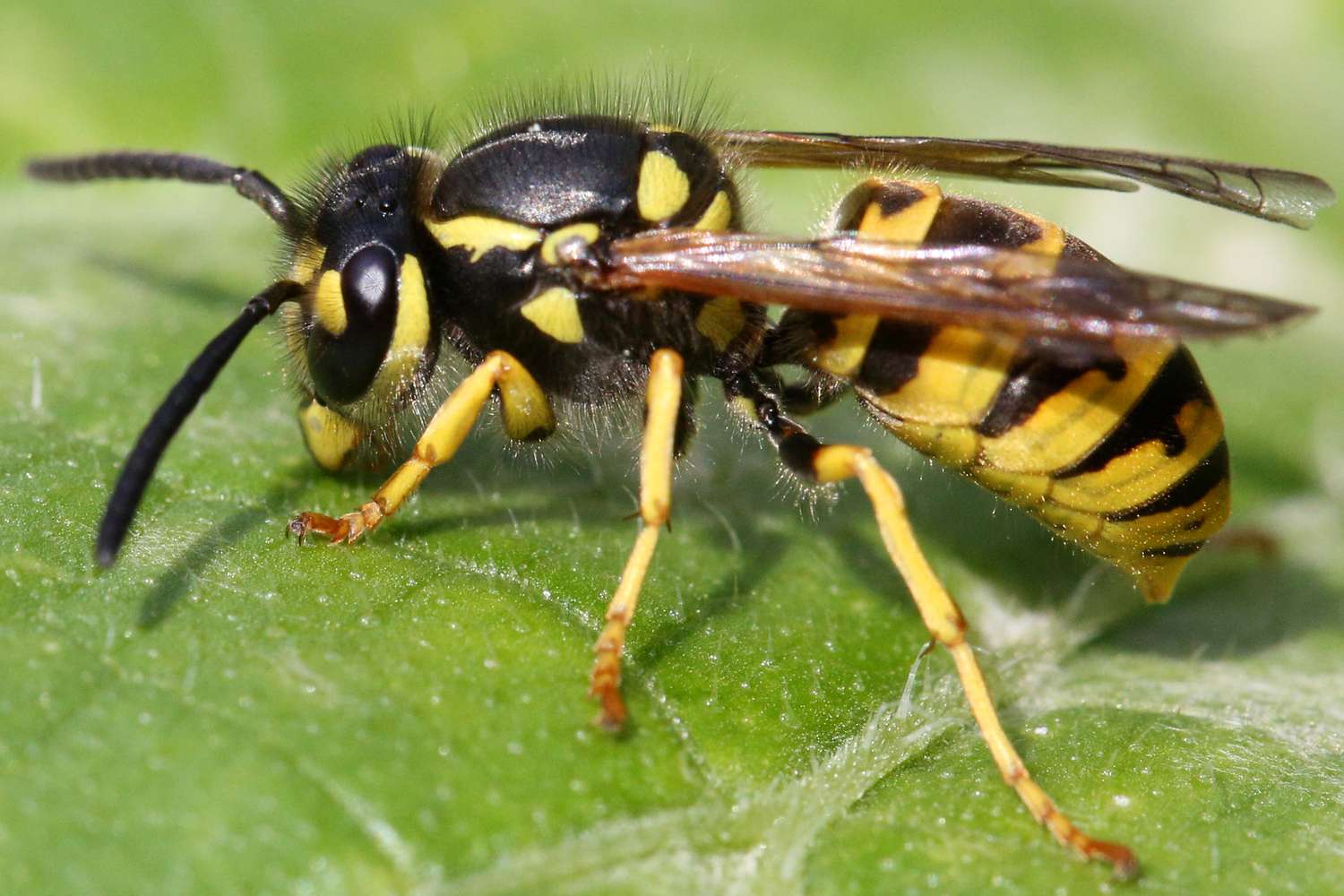
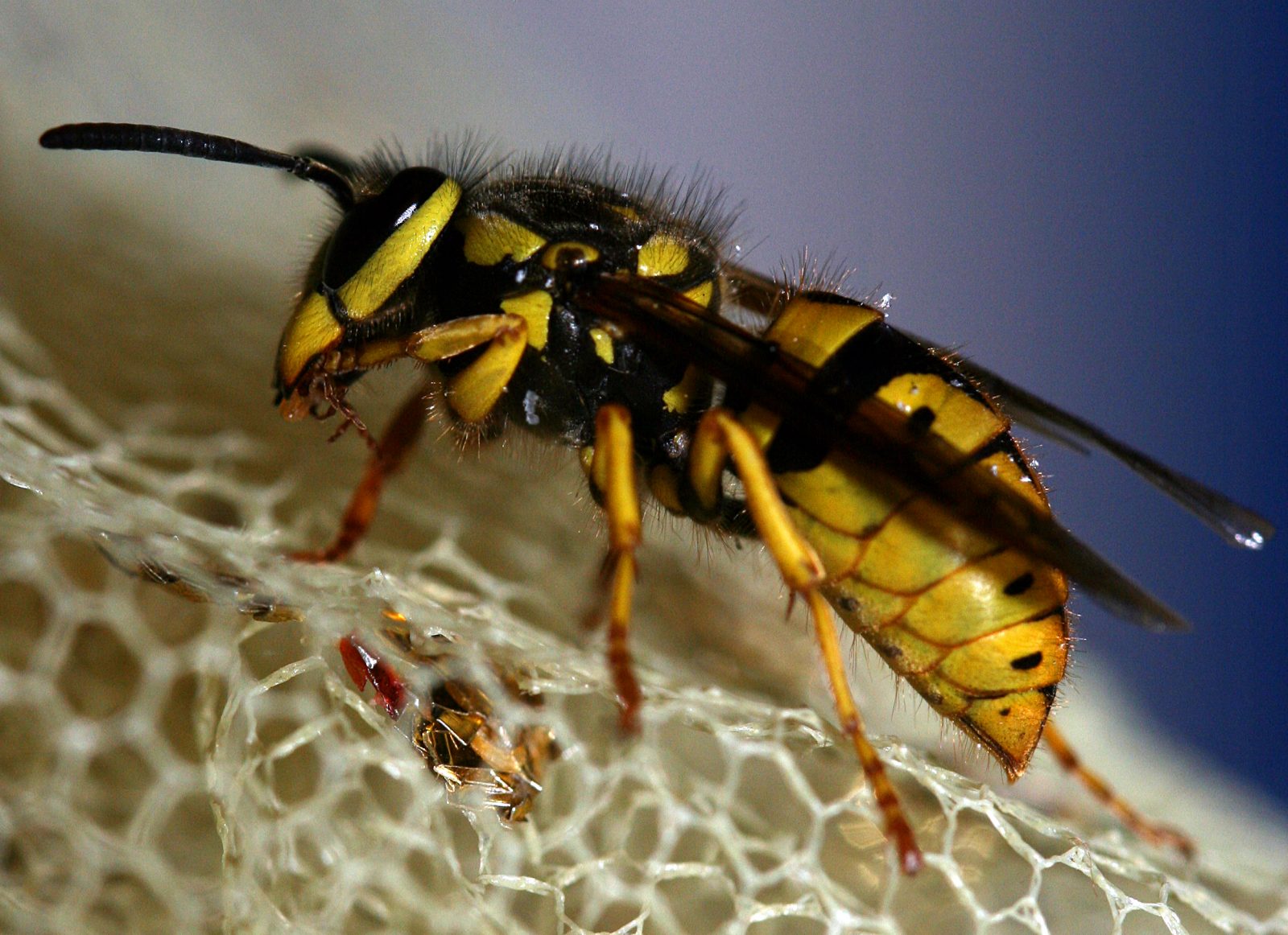
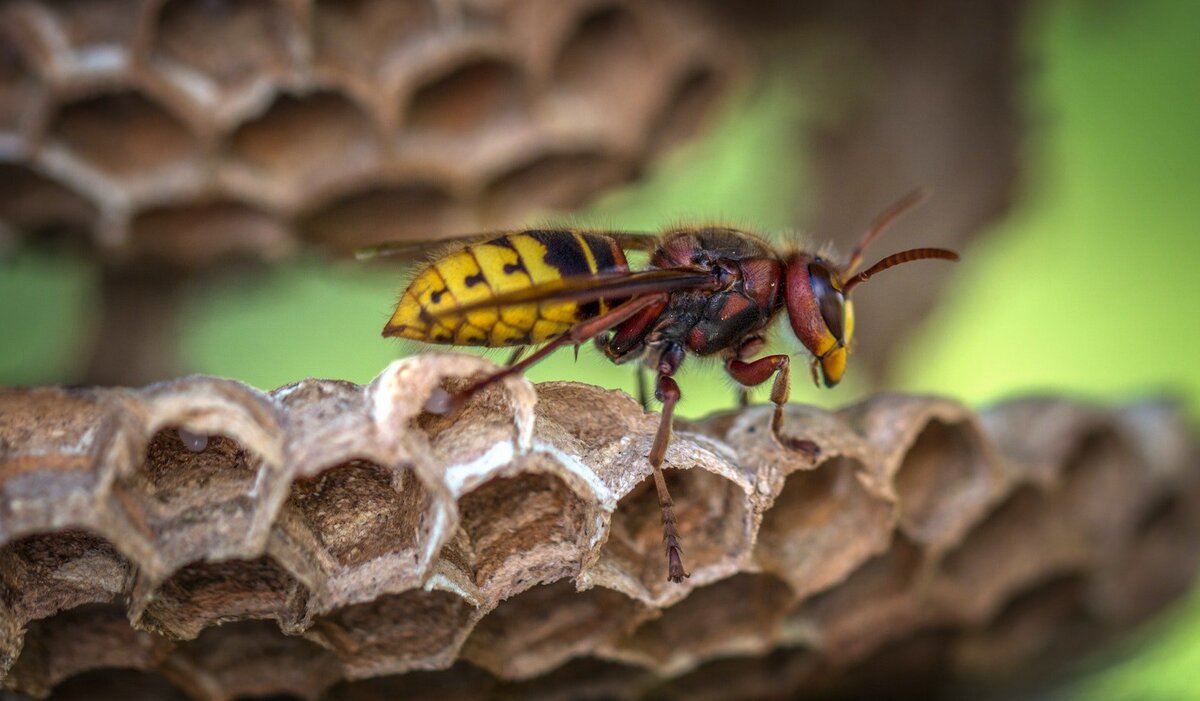

0 thoughts on “Where Do Yellow Jackets Make Their Nest”